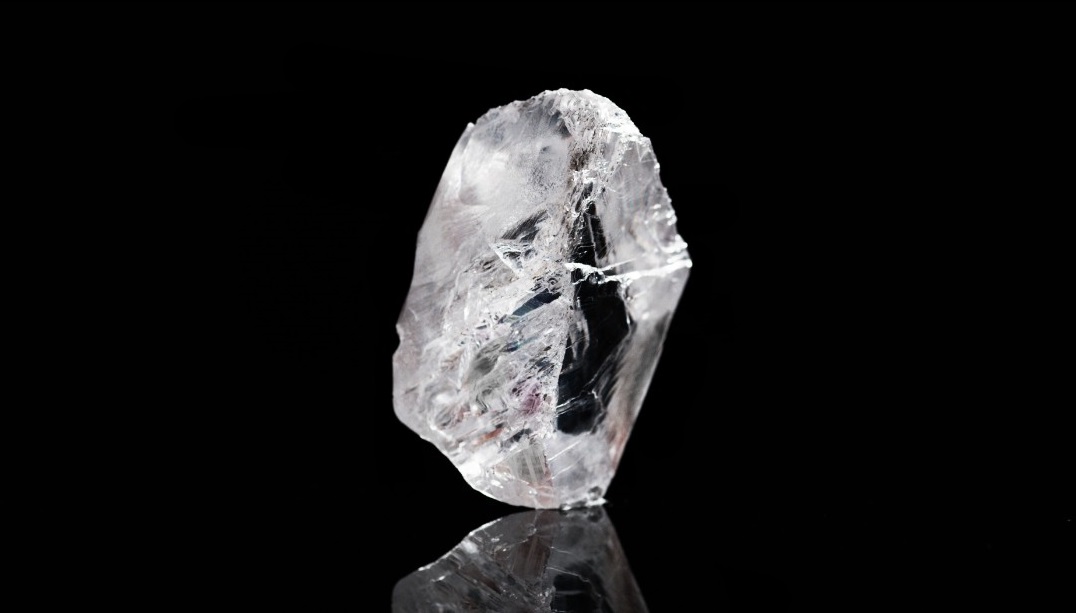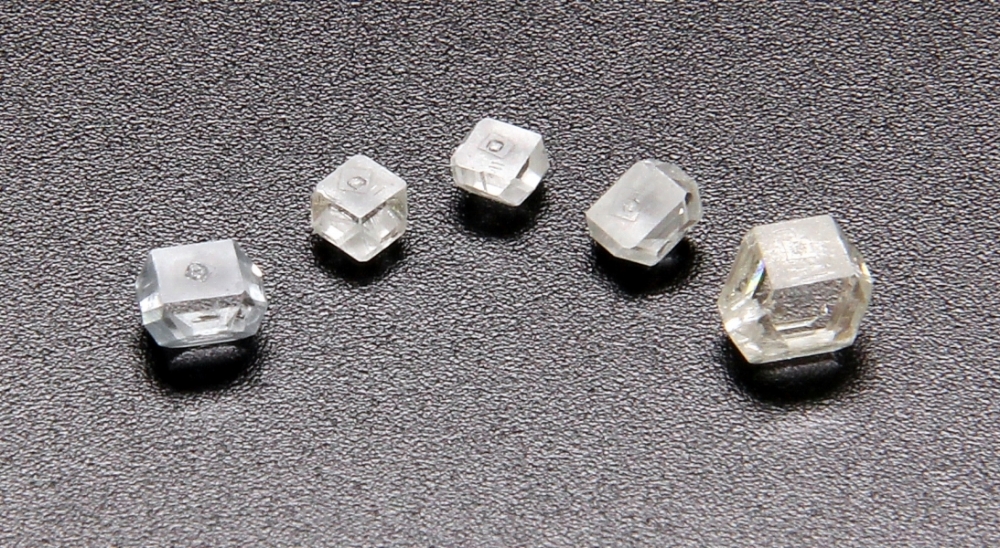Call Us: 1-519-783-1602 | Contact Us
Natural Vs Lab-Grown Diamonds
THE SCIENCE OF DIAMONDS
Diamond forms under high pressure and temperature conditions that exist in nature only about 100 miles beneath earth’s surface. These conditions can now be replicated by man, in a laboratory. Diamond’s carbon atoms are bonded in essentially the same way in all directions resulting in its unique level of hardness. Another mineral, graphite, also contains only carbon, but its formation process and crystal structure are very different. Graphite is so soft that you can write with it, while diamond is so hard that you can only scratch it with another diamond.
Diamond is the hardest material on earth, approximately fifty-eight times harder than anything else in nature. It’s dispersion of white light into spectral colors also known as brightness, fire and scintillation is the primary gemological characteristic of gem quality diamonds. Trace amounts of defects or impurities will result in colored diamonds, blue (boron), yellow (nitrogen), green (radiation exposure), purple, pink, orange or red.
Diamond's special combination of chemical composition, crystal structure, formation process and rarity in nature gives diamond the qualities that make them extraordinary and highly valuable.
NATURAL DIAMONDS
Natural diamonds may take up to 3 billion years with intense pressure and extreme temperature to form and this only takes place 87 to 110 miles beneath earth’s surface. Disaggregated crystals are transported upwards to the surface via pipelines of igneous host rocks known as kimberlite. Because of this growth environment, a large percentage of natural diamond formations can not be obtained.

Natural, earth mined Diamond rough
LAB CREATED DIAMONDS
For many years, the common conception was that diamond would form only under conditions of high pressure and high temperature (HPHT). The very first commercially available “manmade” diamond was produced at high pressure and high temperature by General Electric in 1956. HPHT growth recreates natural diamond formation, however utilizing carefully selected input materials, specific diamond crystal seeds, to assemble crystal growth. Today, billions of carats of diamonds are manufactured annually by the HPHT process, mostly for industrial applications.
As early as the HPHT process was patented another method was under research, the CVD (chemical vapor deposition) process. In the late 1980s, scientists with a highly advanced understanding of the technique discovered how to reproducibly grow diamond using the CVD process.
The CVD process is very different from natural diamond formation. It produces diamond by introducing methane gas into a chamber then breaking down the molecules of the methane gas using microwaves. The carbon atoms will then accumulate on a substrate, similar to the way snowflakes accumulate in a snowfall. The CVD process does not require a diamond seed that the HPHT process does although one can be used. Diamond can be deposited on various materials like diamond, silicon, tungsten, molybdenum, silicon carbide, silicon nitride, quartz glass, cemented carbide etc. The main requirements are: the material must be able to withstand high temperatures, it must not be attacked by the activated process gas and it must not dissolve carbon.

Lab created diamond roughs via the CVD process
No matter which process is used to grow diamond in a laboratory, the result is a product that is chemically identical to naturally grown diamond. This makes distinguishing natural from lab grown diamond extremely difficult when using the traditional diamond grading methods; thus leaving the diamond industry in an arms race to produce technology that can differentiate lab grown from natural.